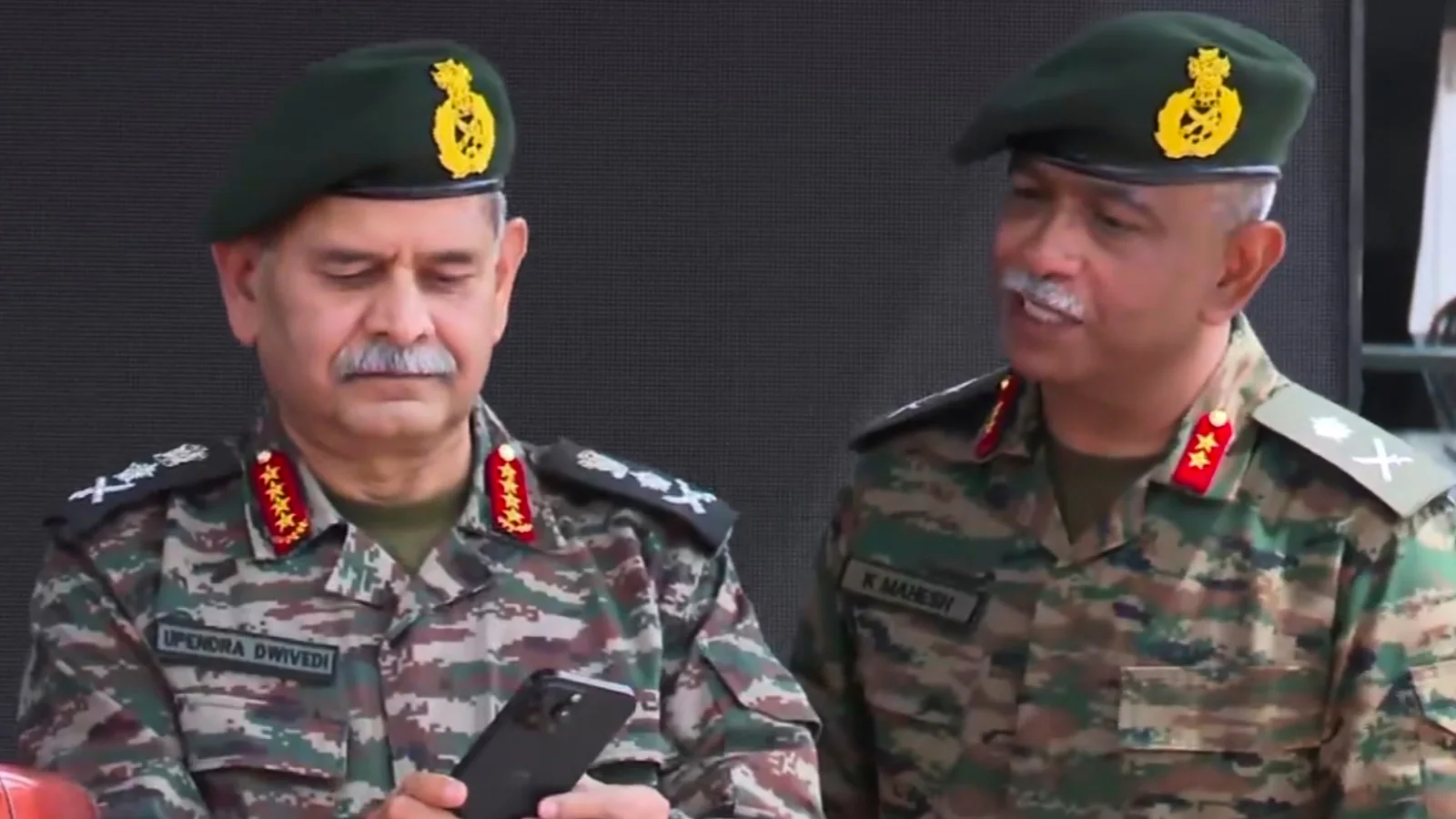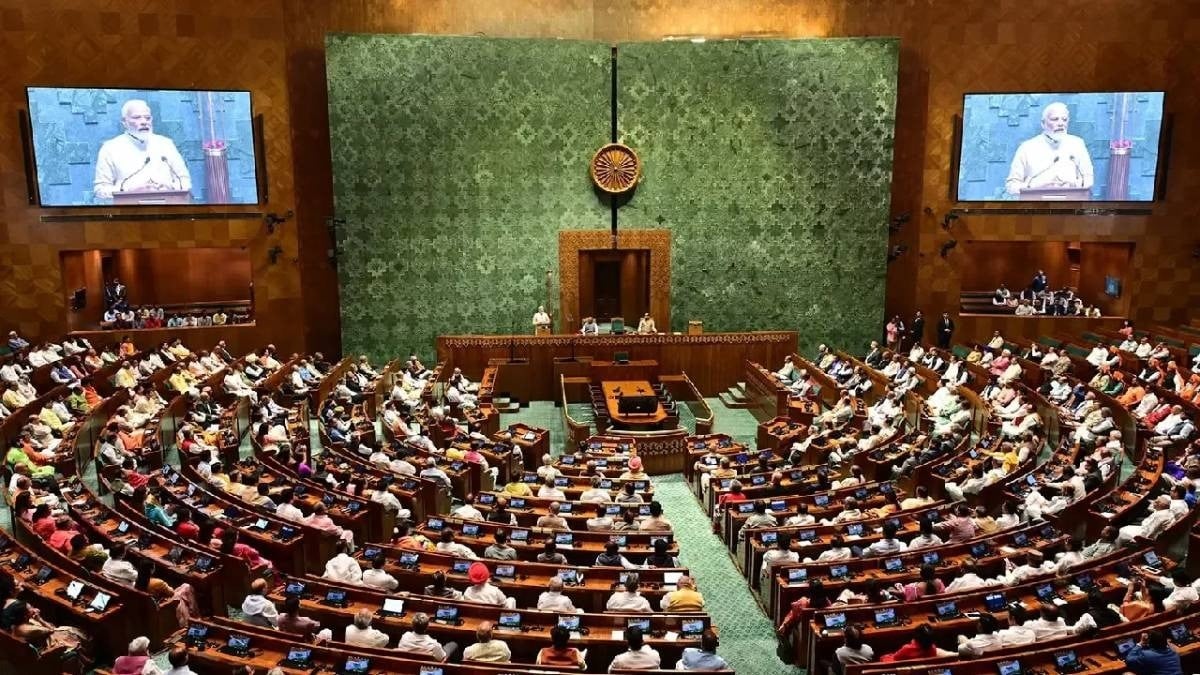In a significant move to enhance the operational readiness and efficiency of the Indian Army, Chief of Army Staff General Upendra Dwivedi has announced the establishment of two new combat formations: the Rudra Brigade and the Bhairav Light Commando Battalion. This announcement, made during the 26th Kargil Vijay Diwas ceremony in Drass, represents a strategic advancement in India’s capability to respond to evolving security challenges.
The Rudra Brigade
The Rudra Brigade is engineered as an integrated all-arms formation, designed specifically for swift and cohesive combat operations. This new formation incorporates several critical elements of military force under a singular operational command, including:
- Infantry
- Mechanised infantry
- Armoured (tank) units
- Artillery regiments
- Special Forces
- UAV and drone detachments
- Logistics and combat support units
General Dwivedi stated that the development of the Rudra Brigade aims to consolidate various critical military components, ensuring that all necessary support for combat operations is available in one location. This initiative highlights an urgent shift towards combined-arms warfare capabilities, which are increasingly important along India’s borders with China and Pakistan. Already, two infantry brigades positioned on the frontlines have been transitioned into Rudra brigades, emphasizing the need for synergized operational readiness in response to contemporary security dynamics.
The Bhairav Light Commando Battalion
In tandem with the Rudra Brigade, the Bhairav Light Commando Battalion aims to augment India’s special operations capability. This new elite unit is crafted for rapid, high-impact missions, being specifically tasked with surprise and disruption operations in hostile territories. General Dwivedi emphasized the importance of this unit, asserting that the Special Forces will always be prepared to deliver unexpected strikes against adversaries along the borders.
Members of the Bhairav Light Commando Battalion will undergo rigorous training to master skills essential for rapid infiltration, surveillance, and hit-and-run tactics. The operational philosophy aligns with the concept of delivering swift, decisive blows to enemy forces, akin to a dagger thrust penetrating enemy defenses.
No Fresh Troop Additions, Just Smarter Integration
A distinguishing feature of these new formations is that they do not entail the addition of new troops to the Indian Army. Instead, the focus is on reorganizing existing resources and personnel to enhance operational effectiveness. The Indian Army currently consists of approximately 250 single-arm brigades, each comprising 3,000 to 3,500 soldiers. Many of these brigades are now being converted into integrated all-arms brigades following the Rudra model. This restructuring allows for dedicated logistics and combat support within each brigade, making them more self-sustaining and capable of rapid deployment.
Why Now?
The timing of these initiatives comes amid rising tensions with both China along the Line of Actual Control (LAC) and Pakistan along the Line of Control (LoC). This evolution follows Operation Sindoor, a significant cross-border response to a terrorist attack in Pahalgam. The Indian Army is signaling a clear intention to prioritize not only numbers but also the sophistication of its military units.
By adopting integrated brigades and elite commandos trained for independent operations, the Army is preparing for future warfare that demands high levels of synergy, speed, and shock tactics. The emphasis on modern, agile, and technology-driven warfare aligns with the evolving security landscape, ensuring that India remains prepared to confront diverse threats efficiently.
These developments mark a pivotal moment in the modernization of the Indian Army, as it strives to become a formidable, future-ready force capable of addressing the challenges of contemporary and emerging battlefields.










